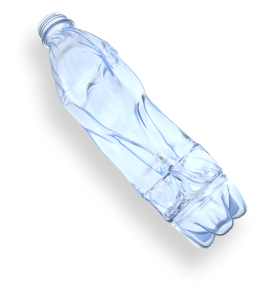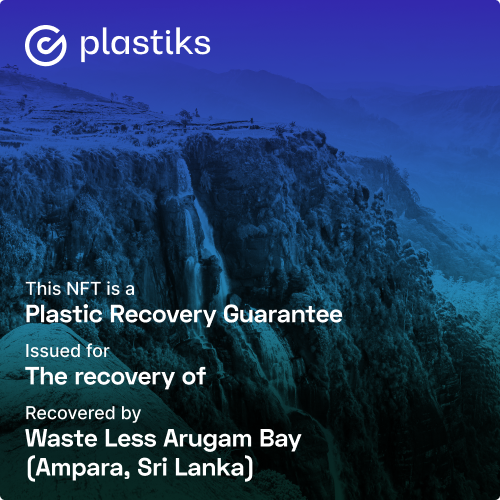 Our sustainable mission
Our sustainable mission
The negative feedback from plastic pollution is mainly environmental and social (Pawar et al., 2016). Plastic debris causes esthetic problems, and it also presents a hazard to maritime activities, including fishing and tourism (Li et al., 2016). Discarded fishing nets causes ghost fishing, resulting in losses to commercial fisheries (Richardson et al., 2018). Also, marine organisms can easily colonize floating plastic debris if it persists at the sea surface long enough, thereby facilitating the transport of non-native species. However, the problems attracting most public and media attention are those resulting in ingestion and entanglement by wildlife. More than 260 marine species have been susceptible to ingestion of plastics or entanglement within plastic debris, which retard their movement needed for feeding and mating, causing various degrees of lacerations, ulcers, even death (Alabi et al., 2019).

Most of the additives present in plastics are potential carcinogens and endocrine disruptors. Ingestion, skin contact, and inhalation are the main routes of exposure of humans to these additives. Table 1 lists the uses and various health effects of toxic compounds in plastic types (Pawar et al., 2016). For instance, dermatitis has been reported from skin contact with some additives present in plastics (Salles and Deschamps, 2010).





